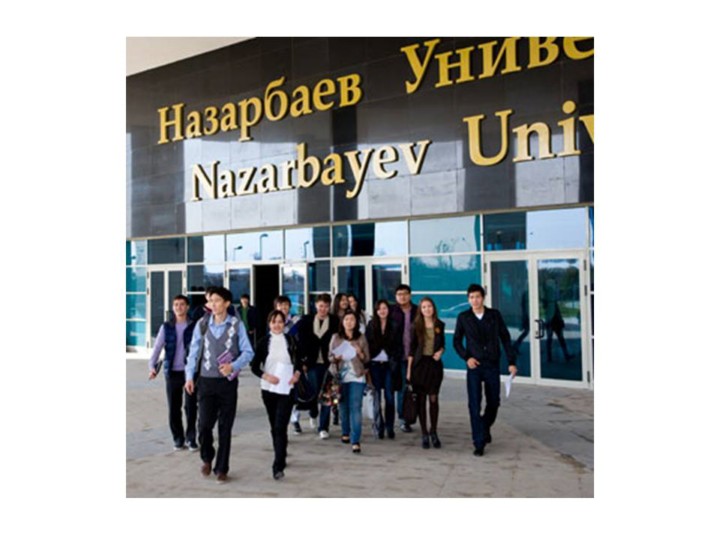| front |1 |2 |3 |4 |5 |6 |7 |8 |9 |10 |11 |12 |13 |14 |15 |16 |17 |18 |19 |20 |21 |22 |23 |24 |25 |26 |27 |28 |29 |30 |31 |32 |33 |34 |35 |36 |37 |38 |39 |40 |review |
 |
In 2010, its name was changed to Nazarbayev University. Today, it boasts a large, modern campus with state-of-the-art facilities, providing accommodations for all students and faculty members. Said President Nazarbayev: ‘‘The university will be positioned to become the national brand by harmoniously combining national identity, the best international model of education, science and research practice.’’ Nazarbayev University is funded by the state, but is a completely autonomous and independent body without any government interference. Modeled on several international universities, it will graduate its first class this summer. The university’s strategic partners include 30 top-ranking universities across the world, including University College London, the National University of Singapore Lee Kuan Yew School of Public Policy and several U.S. institutions: iCarnegie, an affiliate of Carnegie Mellon University; the University of Wisconsin–Madison; Duke University’s Fuqua School of Business; and the University of Pennsylvania. Students need to pass a tough entrance exam before spending a first foundation year of study. Afterward, they choose a school— Engineering, Science and Technology or Social Sciences and Humanities — for a bachelor’s degree. The engineering department, as a part of University College London, offers three branches: civil engineering, mechanical engineering and chemical engineering. The School of Science and Technology offers applied physics, applied mathematics, biological science and technology, premedicine, robotics and mechatronics, and computational science. The school of Social Sciences and Humanities, under the University of Wisconsin–-Madison, offers international relations, economics, political science, sociology and anthropology.
|